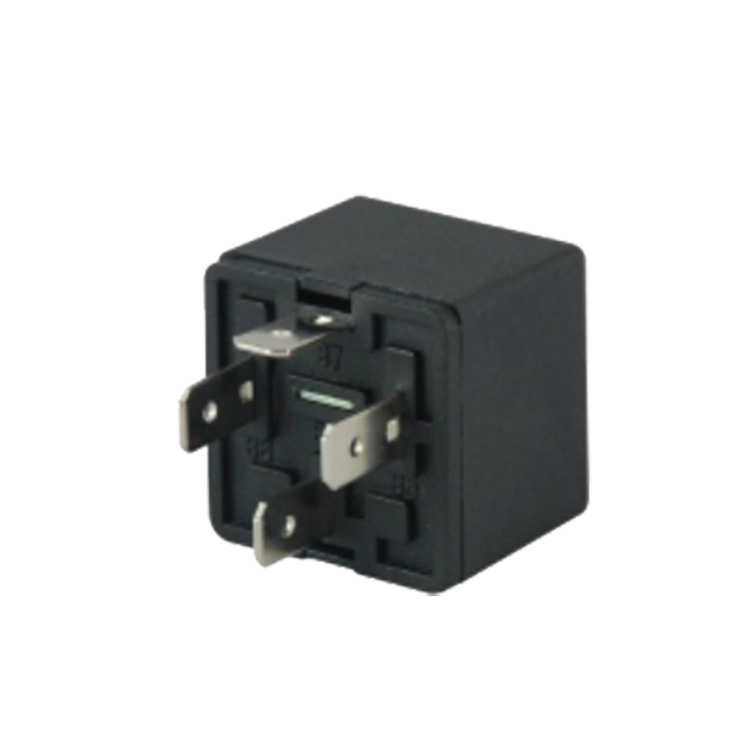Understanding the Role of Switching Power and Voltage Ratings in Selecting an Auto Universal Relay for Automotive Circuits
2024-06-06
In the intricate world of automotive electronics, the auto universal relay plays a pivotal role in the smooth functioning of various circuits. Its ability to switch power efficiently and safely is crucial, and this is largely determined by its switching power and voltage ratings. Let's delve deeper into how these ratings affect the relay's suitability for different automotive circuits.
Switching Power Rating
The switching power rating of an auto universal relay indicates the maximum amount of power it can safely switch on and off. This rating is essential because it determines the relay's ability to handle different loads in the circuit.
High-Power Circuits: Circuits that require switching of heavy loads, such as those in starter motors or headlights, need a relay with a high switching power rating. A relay with a low rating may overheat or fail under such conditions.
Low-Power Circuits: On the other hand, circuits with lighter loads, like those controlling interior lights or dashboard displays, can utilize a relay with a lower switching power rating. This helps optimize cost and efficiency.
Voltage Rating
The voltage rating of an auto universal relay specifies the maximum voltage it can safely handle. This rating is critical in ensuring the relay's compatibility with the specific automotive system.
System Voltage: Automotive systems typically operate on 12V or 24V, depending on the vehicle and region. It's essential to select a relay with a voltage rating that matches the system voltage to prevent damage or malfunction.
Overvoltage Protection: Relays with higher voltage ratings can offer better protection against overvoltage conditions, which may occur due to various reasons like alternator malfunction or battery overcharging. However, higher ratings also tend to be more expensive.
Suitability for Different Circuits
The combination of switching power and voltage ratings determines the relay's suitability for a specific automotive circuit.
High-Power, High-Voltage Circuits: For circuits that require both high power and voltage, such as starter motors or ignition systems, a relay with both high switching power and voltage ratings is ideal.
Low-Power, Low-Voltage Circuits: Circuits with lighter loads and lower voltages, like interior lighting or audio systems, can utilize a relay with lower ratings.
Specialized Circuits: Some automotive circuits, like those controlling ABS or airbags, may have specific requirements for switching power and voltage. It's crucial to consult the vehicle's specifications or manufacturer's recommendations to select the most suitable relay.
Conclusion
In summary, the switching power and voltage ratings of an auto universal relay play a crucial role in determining its suitability for different automotive circuits. Selecting a relay with the appropriate ratings ensures efficient and safe operation of the circuit, while also optimizing cost and performance. Always consult the vehicle's specifications or manufacturer's recommendations to make the best choice.



